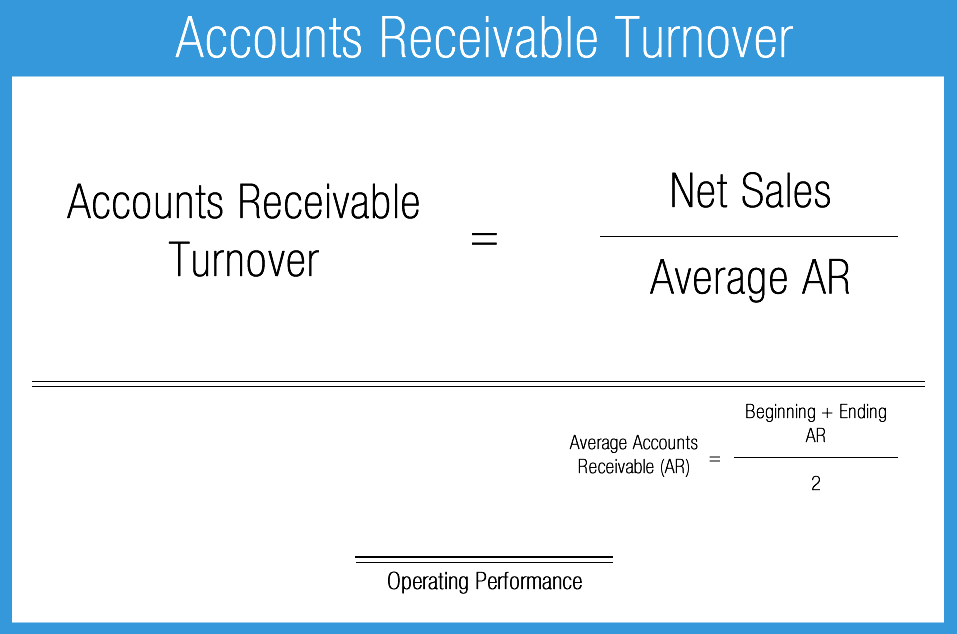Journal Entry Example Top 10 Accounting Journal Entries Examples
Contents:
In double-entry bookkeeping, the debits and credits are different. Every transaction debits one account and credits another. One of the most difficult things to grasp is when to use a debit and when to use a credit for a financial transaction. This is confusing because our society is conditioned to think of bank accounts with debits as funds flowing out and credits as funds flowing in. Businesses have moved on from the age of pen and paper for a reason. Using accounting software like Deskera will help you automate the entire journal entry creation process.
When recording the credit sale transaction in the sales journal, each such transaction is analyzed in the debit and credit aspects. Reversing journal entries are made because items like accruals will be paid off during the new accounting period and the adjusting entries are no longer needed. There are more complex accounting journal entries than the general journal entry.
What is the Sales Journal Entry?
Trial Balance, Accounts receivable account, and inventory account will not be tallied if there is a difference or mismatch in this journal. All credit sale transactions entered are supported with invoices. The Credit SalesCredit Sales is a transaction type in which the customers/buyers are allowed to pay up for the bought item later on instead of paying at the exact time of purchase.
Your credit sales journal entry should debit your Accounts Receivable account, which is the amount the customer has charged to their credit. And, you will credit your Sales Tax Payable and Revenue accounts. An adjusting journal entry is made at the https://1investing.in/ end of an accounting period to take care of anything that was unresolved during that accounting period. An example is when a vendor ships goods to your business, but that vendor’s invoice wasn’t processed by the end of the accounting period.

So, if a client wants to return the product the invoice number can be matched with the invoice number in the sales journal. This is done to avoid the chances of fraud to avoid any unnecessary losses. This is all now done by software, where a person types the invoice number into the account and the software tracks down the sale. Now, there is software that automatically enters the day, time, and even the name of the good sold. This software also allows the inventory to be automatically updated when a specific good is running low on inventory, by automatically ordering that particular good from the supplier. These expenses appear as liabilities in the corporate balance sheet.
In the above example, we assume the basis value of goods is $1,000. It means John Electronics must make the payment on or before January 30, 2018. To top it off, creating financial reports with Deskera is as easy as 1-2-3.
How to Create an Accounting Journal Entry
Second, the inventory has to be removed from the inventory account and the cost of the inventory needs to be recorded. So a typical sales journal entry debits the accounts receivable account for the sale price and credits revenue account for the sales price. Cost of goods sold is debited for the price the company paid for the inventory and the inventory account is credited for the same price. Sales credit journal entry is vital for companies that sell their goods on credit.
- The main thing you need to know about journal entries in accounting is that they all follow the double-accounting method.
- Here is an example of how to use this Chart of Accounts.
- Dividends PayableDividend payable is that portion of accumulated profits that is declared to be paid as dividend by the company’s board of directors.
- An adjusting journal entry is made at the end of an accounting period to take care of anything that was unresolved during that accounting period.
- When you make an expense, the journal entry is automatically created, and it is mapped to the correct ledger account.
All examples assume tax is applied on sales and purchase. If no tax, then it can be removed as the value will be zero. This needs to be a brief but accurate description of the journal entry. You may need to refer back to it in the future, so be as clear as possible. They are just words that show the double-sided nature of financial transactions. Auditors use financial reports to analyze how transactions are impacting the business.
The posting of this sales journal will be similar to the posting explained in the above example. The total of accounts receivable & sales column is debited to accounts receivable account and credited to sales account in the general ledger. AccountDebitCreditPurchases$$$Accounts payable/cash$$$In this journal entry, the purchases account is a temporary account in which its normal balance is on the debit side. And this account will be cleared when we close the company’s accounts at the end of the period.
What Is Included in a Journal Entry?
To create the sales journal entry, debit your Accounts Receivable account for $240 and credit your Revenue account for $240. In the case of credit sales, the respective “debtor’s account” is debited, whereas “sales account” is credited with the equal amount. In the case of payroll expenses, the wages expense, these accounts are debited, and the cash account is credited.

In other words, the balance of the inventory on the balance sheet will stay the same even after the inventory sales transaction. Similarly, purchase sales entry journal journals are used to record the purchases of a company. Cash payment journals record the cash payments made by the clients of a company.
Automate Journal Entry Creation Using Accounting Software
On a regular basis, the line items in the sales journal are used to update each customer account in the accounts receivable ledger. In the above example, 400 is posted to the ledger account of customer BCD, 150 to customer KLM, and 350 to customer PQR. When posting to the accounts receivable ledger, a reference to the relevant page of the journal would be included. Little Electrodes, Inc. is a retailer that sells electronics and computer parts.
The accounting period usually coincides with the business fiscal year. We briefly mentioned the general journal in the beginning. To recap, the general journal is the company book in which accountants post all journal entries.
A reference number or also known as the journal entry number, which is unique for every transaction. In this transaction, they are the assets account and the owner’s equity account. The person who owes the money is called a “debtor” and the amount owed is acurrent asset for the company. Companies are careful while extending credit as it may lead tobad debts for the business. There is usually a debt to the bank fees account, Office Supplies Account, Interest Account, etc., to recognize charges made by the bank, with a credit to the cash account.
To M/s Global Limited for $ 50,000.00 on credit, and the cost of goods sold was $ 37,500.00 through invoice No. 143. For $ 5,00,000.00 on credit, the cost of goods sold was $ 3,75,000.00 through invoice No. 142. For $ 3,00,000.00 on credit, the cost of goods sold was $ 2,25,000.00 through invoice No. 141.
Sales Journal Example
When seller sells merchandise on credit, he prepares an invoice known as sales invoice or outward invoice. This invoice is sent to the customer, usually along with the merchandise. This duplicate copy is kept by the seller with him because the entry in the sales journal is made on the basis of it.
My Accounting Course is a world-class educational resource developed by experts to simplify accounting, finance, & investment analysis topics, so students and professionals can learn and propel their careers. The entity should check and reconcile the balances of the Sales Journal on a periodical basis. An entity needs to pass the entries in this journal very carefully. It allows an entity to save time and avoid repetition in the journaling.
Depending on the size and complexity of your business, a reference number can be assigned to each transaction. The debits and credits must equal each other and reflect the principle of the accounting equation. The sales journal given above shows that the seller is collecting a sales tax @ 2% on all goods sold to customers.
By mentioning the date, we can easily track when that particular good was sold. This allows the company to track the dates on which the goods were sold. The company also has a tracking identification number for the LED light. As inventory gets low, the company would order new LED lights from the suppliers. DividendsDividends refer to the portion of business earnings paid to the shareholders as gratitude for investing in the company’s equity.
Here you will put the amounts that will be credited and debited. Again, it’s important to remember that they must be equal in the end. If you’re using accounting software, it won’t let you post the journal entry unless the amounts match. However, if you’re using manual apps like Sheets or Excel, always triple check the balance. It is also clear from the name that sales journal records sale transactions, whereas purchase journals record purchase transactions.
